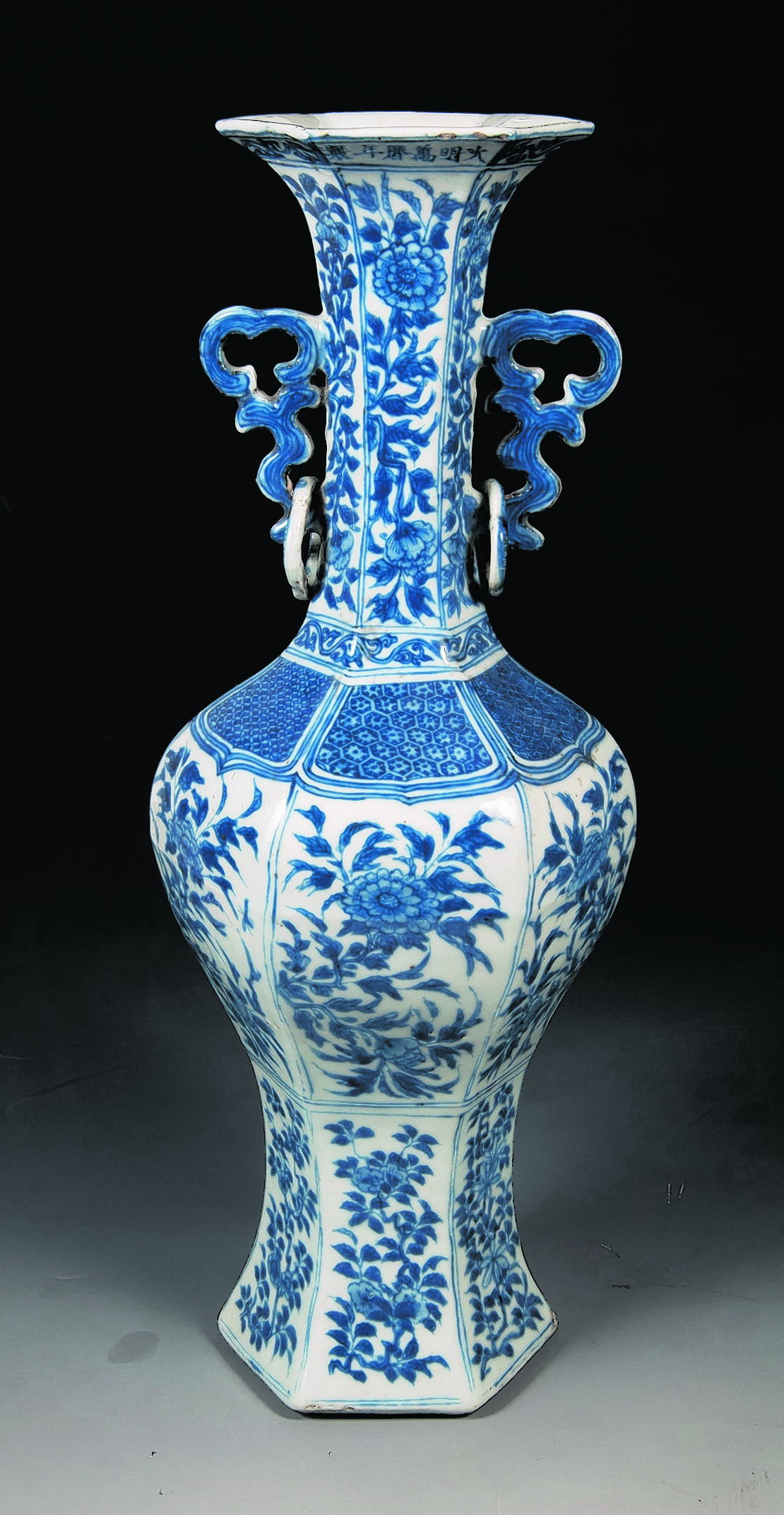Treasures from China will go on show in Scotland tomorrow, Friday, June 27 when the major exhibition Ming: The Golden Empire opens at the National Museum of Scotland in Edinburgh.
More than 20 Chinese national treasures and many precious artefacts are being lent by the prestigious Nanjing Museum in China. Nanjing was the birthplace of the Ming dynasty (1368-1644) and its first capital before the creation of the Forbidden City in Beijing – the largest palace complex in the world. A selection of rare and beautiful Ming objects from National Museums Scotland’s own Chinese collections will also feature within the exhibition.
Dr Kevin McLoughlin, principal curator of east and central Asia at National Museums Scotland, said: “We are thrilled to collaborate with the Nanjing Museum, one of the oldest and most prestigious museums in China, to bring this exhibition to the UK for the first and only time, and to introduce our visitors to this glorious period in Chinese history.”
Visitors to the exhibition should prepare to be dazzled. The Ming – meaning brilliant or bright – was a hugely important period in Chinese history.
“Until it fell in 1644, the Ming was the world’s largest, wealthiest, most cultured and most populous empire. It was a period of incredible cultural achievement, during which some of the most outstanding artworks in Chinese history were produced,” said Mr McLoughlin.
For 276 years, 16 emperors of the Zhu family reigned over this famous empire, and the exhibition tells the story of the dynasty, which in many ways was the starting point of modern China.
Supported by investment managers Baillie Gifford, the exhibition examines imperial power and life inside the Forbidden City, and looks at the lives of the leading artists and culturally elite members of Ming society. Towards the end of the Ming, China began to make an impact on the wider world as international trading relationships developed and the exhibition tells the story of Matteo Ricci, the first European to enter the Forbidden City.
Visitors hoping to see an iconic Ming vase will be spoiled for choice. Some of the finest examples of Ming porcelain in its recognisable blue and white colours will be on display alongside rare porcelains in reds and yellows that were so difficult to craft they were created only for Ming emperors.
Mr McLoughlin said: “Porcelain is one of the greatest Chinese inventions and contributions to the world. The influence of porcelain is tremendous. We use porcelain every day in our lives and we can’t do without it. During the Ming, porcelain began to be exported and Europeans couldn’t work out what material it was. There was simply nothing like it.”
Sumptuous silk textiles, paintings by the most famous artists and calligraphers of the Ming period and rare examples of elaborately enamelled colourful cloisonné will also be on show.
“To have the chance to see this collection of national treasures together is very special. One of the exhibits is a gold cicada on a jade leaf. It is actually considered flawless,” he added.
Dating from the 15th century, the gold cicada on a jade leaf would have been a woman’s brooch and it has a double meaning. The phrase Jinchan Yuye, meaning golden cicada on a jade leaf, sounds like a compliment to a woman for her unsurpassed beauty.
Important items from National Museums Scotland’s own collections complement the treasures from the Nanjing Museum. Exceptional pieces of lacquer, porcelain and furniture will be displayed, alongside an incredibly rare imperial fish vat with a colourful design of two imperial dragons chasing a flaming pearl.
“I’m thrilled to share some of the highlights of our own wonderful collection of Ming artefacts,” said Mr McLoughlin.
“The Ming truly was a remarkable time in Chinese history and I hope that our visitors are inspired by what they see.”
Ming: The Golden Empire opens tomorrow, June 27, at the National Museum of Scotland, Chambers Street, Edinburgh. It runs until Sunday, October 19. Admission to the museum is free, while admission to the exhibition costs £10 for adults, £8 concession, £6.50 children (age 12-15). Entry is free for members and children under 12. For further information, visit www.nms.ac.uk/ming or call 0300 123 6789.
